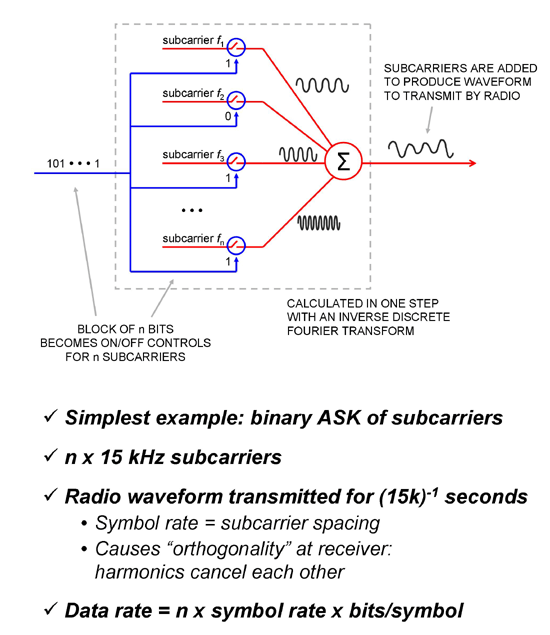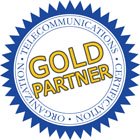After more than 20 years, it appears that an almost universally-accepted standard for mobile radio has finally been achieved, bringing to an end the standards war between carriers that deployed TDMA/GSM for second generation and carriers that deployed CDMA for second generation.
Those two factions continued the standards war for the third generation (UMTS and 1X respectively); but carriers from both of the factions are supporting the GSM/UMTS faction's Third Generation Partnership Project (3GPP) release 8, known as Universal Terrestrial Radio Access Network Long Term Evolution (LTE).
LTE has triumphed over alternatives 802.16 WiMAX and Qualcomm's Ultra Mobile Broadband. LTE promises co-existence with other standards, allowing in theory handoffs between cells supporting LTE and cells supporting UMTS, GSM/GPRS, 2G CDMA, CDMA-MC or 1XEV-DO.

LTE’s spectrum-sharing method, called Orthogonal Frequency Division Multiplexing (OFDM), is different than that of previous generations, providing flexible and efficient use of different carrier bandwidths along with tolerance to noise and multipath interference. Bit rates are on the order of 100 Mb/s when a 20 MHz carrier is employed. As with all claims for wireless bit rates, these are peak burst rates under ideal conditions with one user per cell.
Multiple-Input, Multiple-Output (MIMO) designs using spatial multiplexing (basically gluing several radios together and using them in parallel) can increase the bitrate. Interestingly, OFDM is also used for 802.11 Wi-Fi and DSL.
OFDM is not like 3G CDMA. On the downlink, many 15-kHz subcarriers are defined within the radio band. The bit stream is used to modulate the subcarriers individually; in the most complex implementation, each of hundreds of subcarriers is used to transmit 6 bits at a time with QAM-64. These are all added together to produce a transmittable waveform… and this is calculated in one step with highly-complex digital signal processing called an Inverse Discrete Fourier Transform. The figure above illustrates an example using the very simplest type of modulation of the subcarriers, binary Amplitude Shift Keying, i.e. tones that are either on or off to represent 1 and 0.
At the receiver, a Fourier transform performs the reverse process to yield the original bit stream. This happens at the same rate as the subcarrier spacing, 15,000 times per second, which has the result of making the harmonics of all of the other subcarriers cancel out during the detection of a given subcarrier at the receiver, hence the term orthogonal.
Prior to modulation, Forward Error Correction is implemented, adding redundancy to the bit stream so that correct decisions can be made based on maximum likelihood in the presence of impairments like noise and fading. The bit stream is also shuffled or interleaved, re-arranging the order of the bits in time so that burst errors are no longer sequential errors.
On the uplink, LTE uses a pre-coded version of OFDM called Single Carrier Frequency Division Multiple Access (SC-FDMA) to avoid the need for expensive and inefficient power amplifiers, which would increase handset cost and shorten battery life.
One of the reasons for the 3G standards war was the requirement to pay American company Qualcomm royalties on patents for several techniques necessary for a mobile CDMA system. LTE is not CDMA, so those royalties are avoided… but it turns out that Qualcomm filed or has purchased many patents that underpin LTE. Additionally, since LTE phones will have to be backwards-compatible with 3G CDMA networks, Qualcomm sees "no impact" on patent royalty revenue for the first ten years of LTE development according to COO Sanjay Jha.
The 3GPP Technical Report 25.913 contains the detailed requirements specification for LTE. The system architecture, in Technical Specifications 36.300 and 36.401, is simplified to two principal network elements: evolved Network Base stations (eNBs) and Evolved Packet Cores (EPCs). eNBs communicate with EPCs, with each other and with user equipment.
LTE does not support 1 Gb/s downloads, which is what the ITU defined as "4G", so in a strict standards committee environment, LTE would be called a 3G technology. An updated version, 3GPP release 10, called LTE-Advanced, supports 1 Gb/s, so those standards committee members declare it officially a 4G standard.
Everyone else refers to LTE as 4G from the start.









